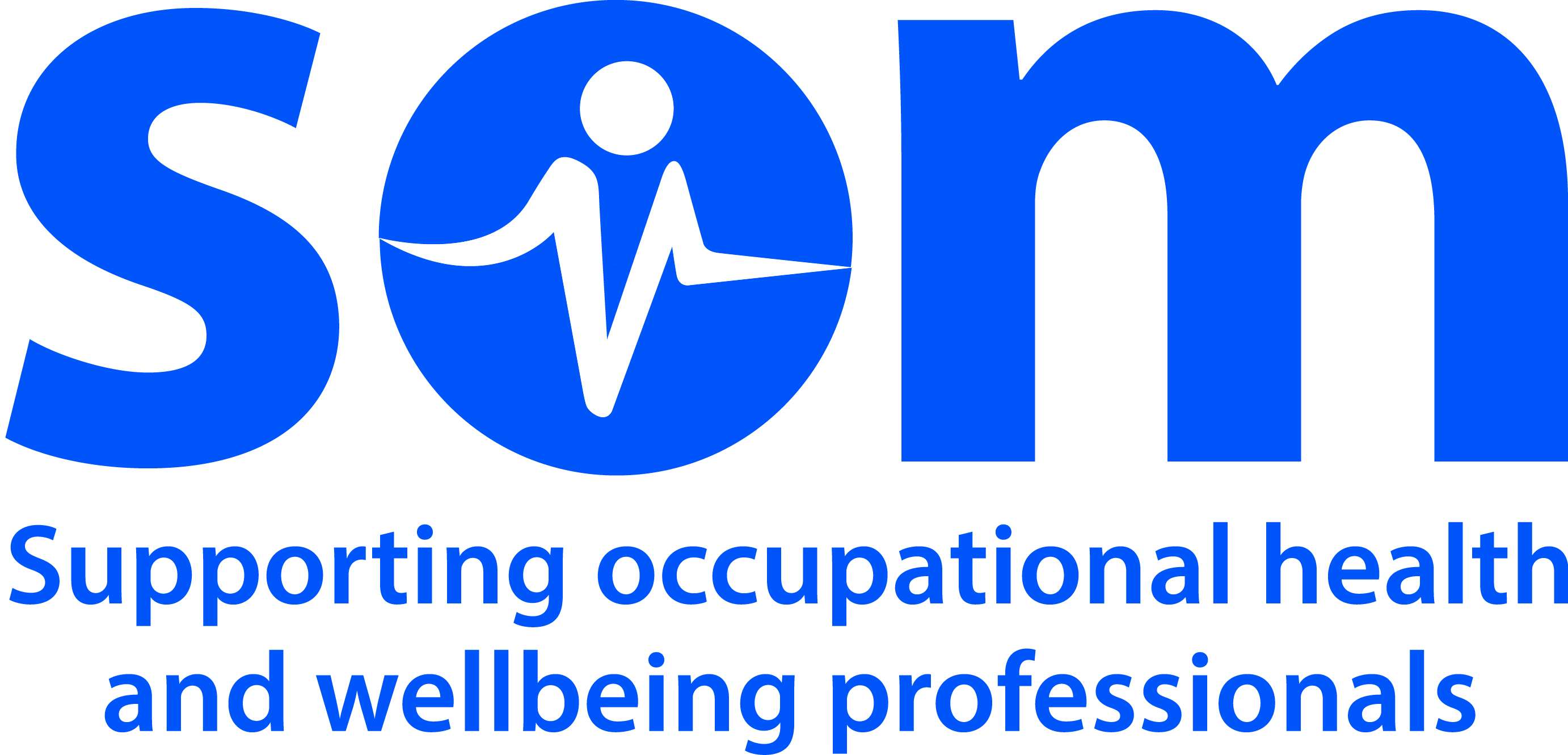Tuberculosis

Occupational Health Considerations
The United Nations has recognised tuberculosis (TB) as a global health issue. Principle at risk worker groups for TB are those working with silica dust and in healthcare. Both occupational risk groups are foci for the UNs initiatives. Organisations (such as mining companies) can become endorsers of the UNs initiative.
Occupational hazards are recognised in the UN wording. In many jurisdictions silica dust controls are not mandatory (but arguably should be)
Silicosis also raises risk of acquiring HIV infection (five fold). The mode of association is unclear: this could be associative due to prevalence of STDs in e.g. migrant miner groups.
The synergy of silicosis and HIV raises likelihood of acquiring TB fifteen fold.
Prevention measures in the health worker environment include ventilation and the donning of elastomeric face masks mould to fit an individuals face. Although these are used in industry, in healthcare their use is not yet ubiquitous
The Interferon Gamma Release Assay (IGRA) is a blood test used to see whether a person has been infected with Mycobacterium tuberculosis . The IGRA test works by measuring the bodys immune response to the TB bacteria.White blood cells from most persons that have been infected with M. tuberculosis will release interferon-gamma (IFN-g) when mixed with antigens (substances that can produce an immune response) derived from M. tuberculosis.
To conduct the tests, fresh blood samples are mixed with antigens and controls. The antigens, testing methods, and interpretation criteria for IGRAs differ .
IGRA does not give false positives in the presence of a former BCG vaccination (unlike TST), but the lab test is more expensive. However the test can be performed with just one clinic visit (unlike TST) and does not suffer from inter-observer error (unlike TST)
An IGRA test may also be used to diagnose latent TB infection and OH clinicians may be called upon to interpret IGRA assays and advise on fitness to attend the workplace.
The ability of IGRA to predict the progression from latent TB to active TB is still in contention.
Although routine testing with IGRA is not advised, some large multinational companies do do just that in order to prevent TB being in situations of congregate living such as oil platforms, miners dormitories and expat camps.
Clinical Aspects
Incidence, prevalence and mortality of TB are declining globally.
Extensively Drug Resistant TB (XDR-TB) refers to MDR-TB with additional resistance to, at least, any fluoroquinolone and any one of three second-line injectable drugs i.e. capreomycin, kanamycin and amikacin considerations
My reflection

